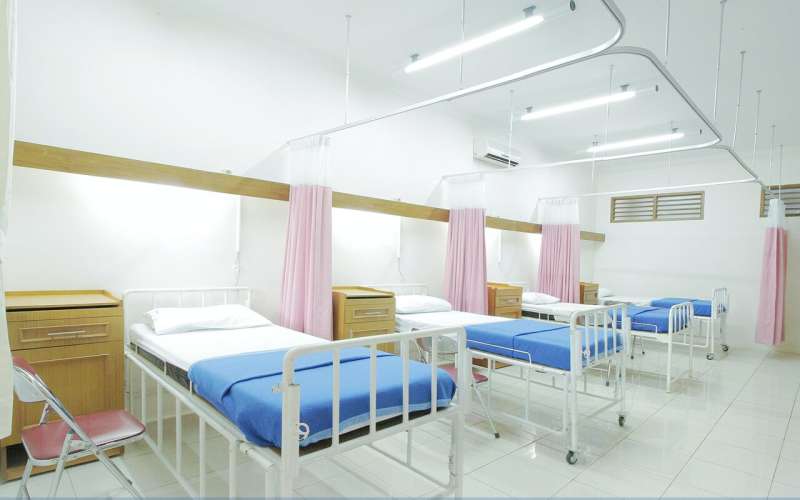This article has been reviewed according to Science X's editorial process and policies. Editors have highlighted the following attributes while ensuring the content's credibility:
fact-checked
trusted source
proofread
Action needed now to avoid potential harm for future hip fracture patients, says UK study

New research from the University of Aberdeen forecasts an upsurge in hip fracture patients within the next decade with an annual NHS shortfall of more than £25 million to meet this demand.
Dr. Luke Farrow, Clinical Research Fellow at the University and Chair of the Scottish Hip Fracture Audit Quality Improvement and Research Sub-group led the research and stated, "A clear, comprehensive national plan is needed now to manage the future burden of hip and other fragility fractures."
The work is published in The Bone & Joint Journal.
The team used data from the Scottish Hip Fracture Audit from 2017 to 2021 and statistical forecasting techniques to predict the annual number of hip fractures from 2022 to 2029. Analysis showed that between 2017–2021 the number of annual hip fractures increased from 6,675 to 7,797, and by 2029 it is forecast that the annual number of hip fractures would be 10,311, representing a 32% increase from 2021. This would equate to a rise from an average of 21 daily hip fractures in Scotland, to 28 per day.
Based upon these projections, the total overall length of hospital stay following hip fracture in Scotland would increase by a total of 60,699 days per year, incurring an additional cost of at least £25 million annually.
Fragility fractures of the femur already have one of the highest levels of overall "acute care bed burden" in the country, with this report suggesting that approximately a further five more acute hip fracture beds will be required per hospital to accommodate this increased activity.
Dr. Farrow explains, "Our predictions show that there is a need for a clear national plan for tackling the future burden of all fragility fractures, which should include a big public health focus on fracture prevention measures such as reducing falls in older adults and osteoporosis, weak bone, treatment.
"NHS health care services, including those that cater for hip fracture patients, are already significantly stretched. If the projected increases are not accounted for in future workforce, theater capacity and bed planning then there is a real risk that the services will not be able to cope with the increased demand, and the quality of care that patients receive may diminish as a result.
"It is likely that this would likely have a knock-on effect of increased patient mortality and further strain on health care services managing complications associated with sub-optimal treatment that might have otherwise been avoided.
Dr. Farrow adds, "The increasing health and social care burden of fragility trauma, driven by an aging population, is one of the major challenges facing the NHS over the next 10 years. We need to act urgently in order to ensure we have adequate resources to appropriately manage these increases otherwise care will likely suffer significantly as a result."
More information: Euan Harris et al, The impact of an ageing population on future increases in hip fracture burden, The Bone & Joint Journal (2024). DOI: 10.1302/0301-620X.106B1.BJJ-2023-0740.R1





















